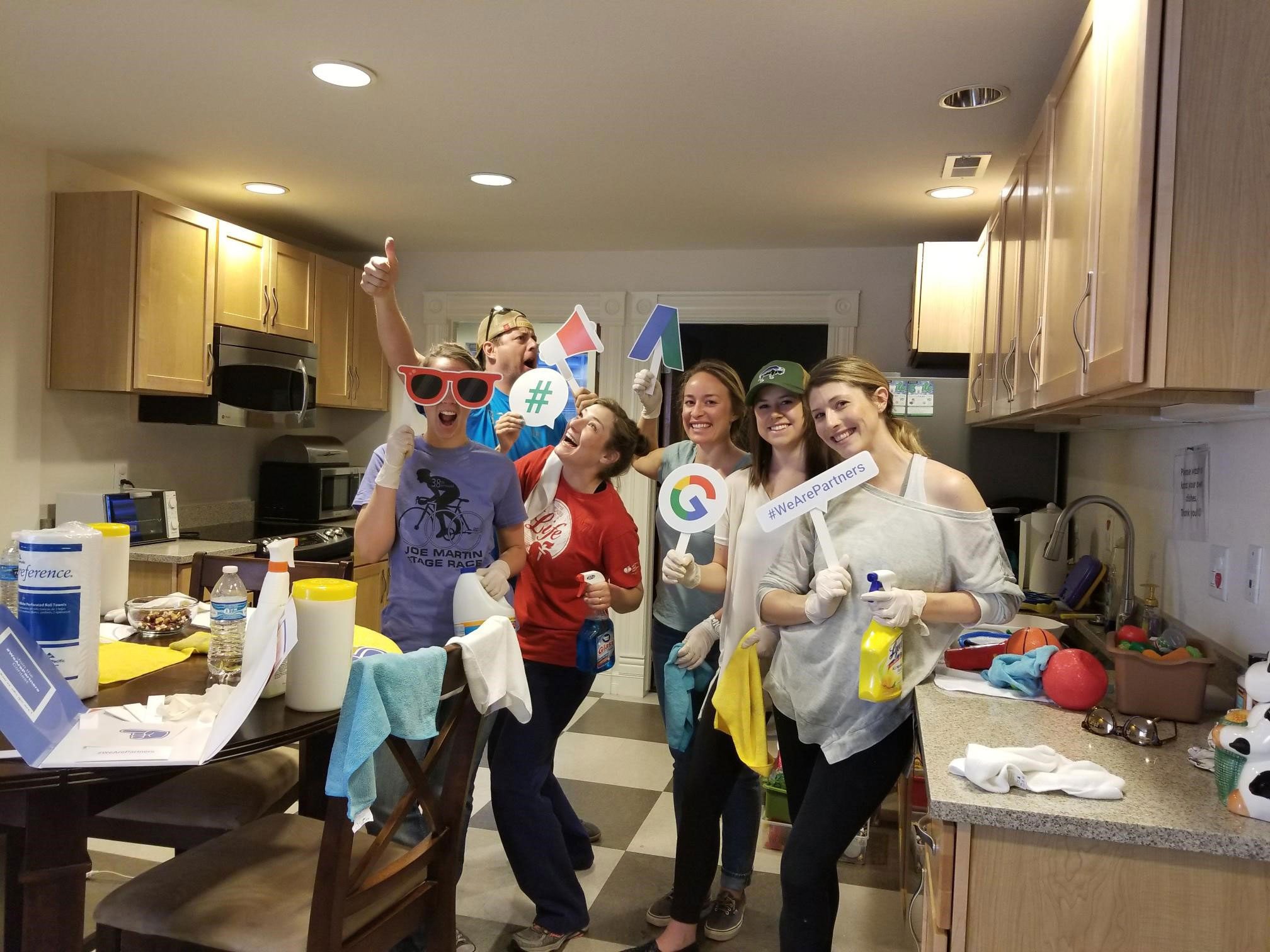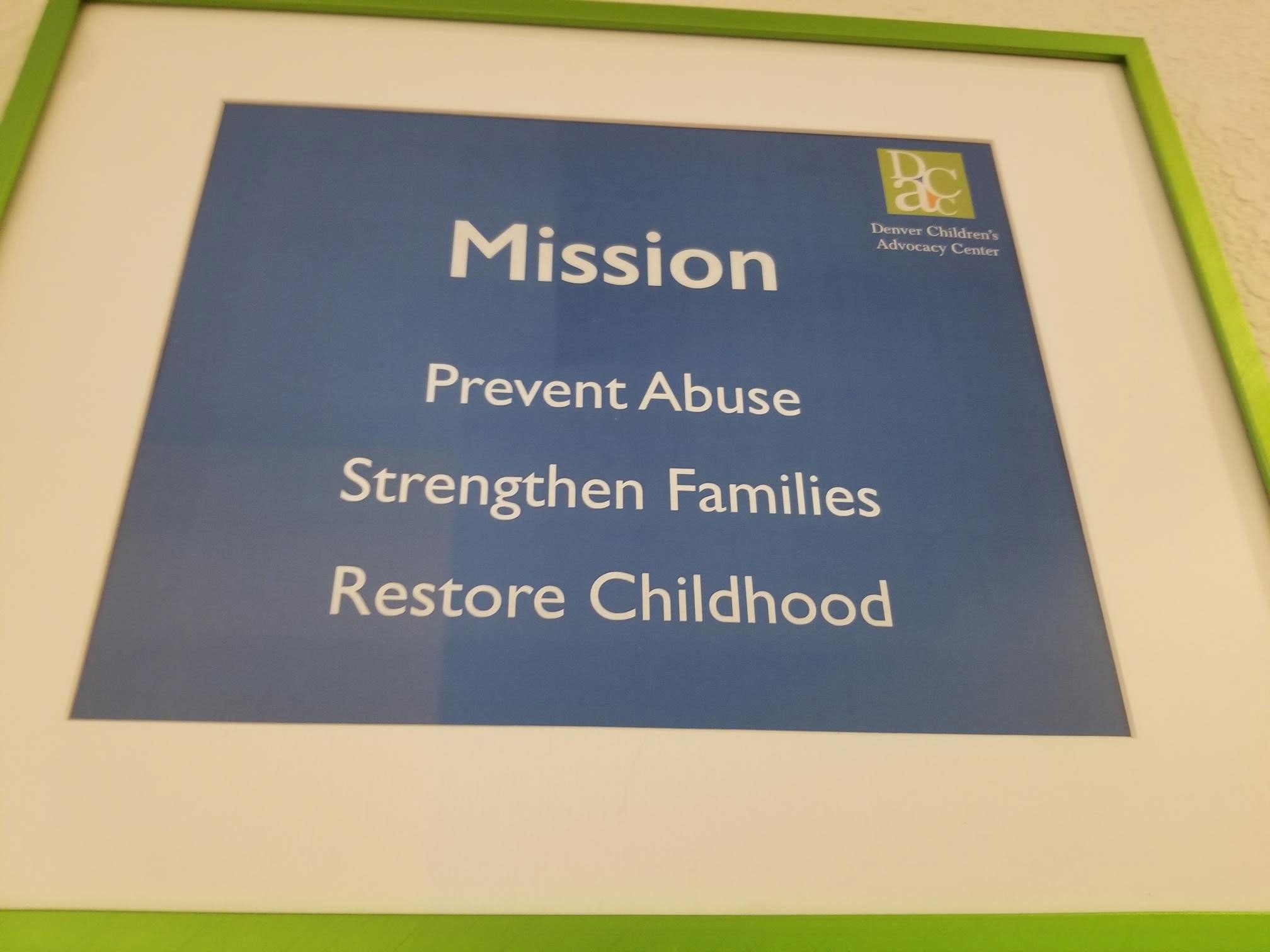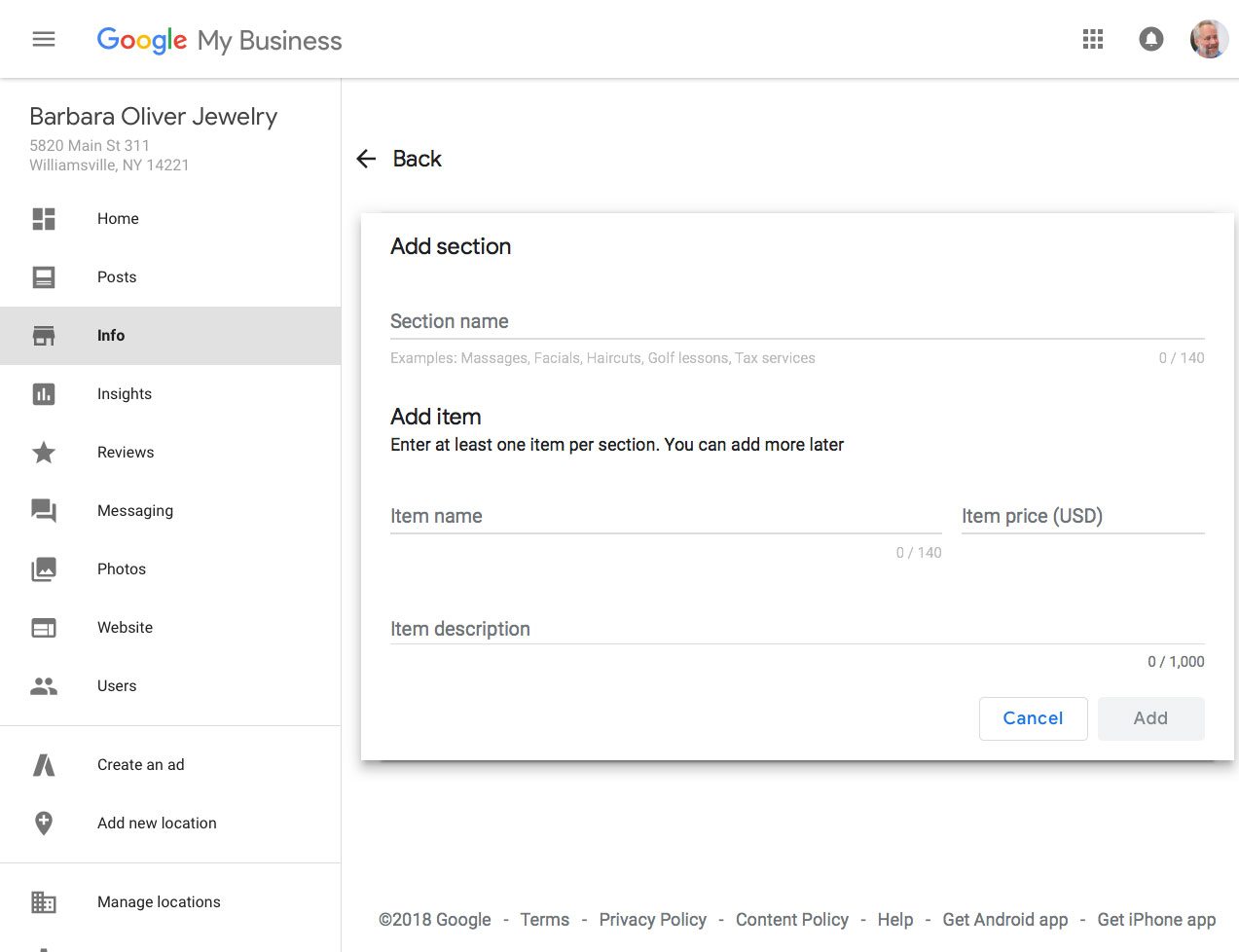Monthly Industry Roundup: April 2018
Location3 News: One of Location3’s goals for 2018 is to establish a relationship with a community-based organization through volunteering. A group of Location3 employees recently built on this goal, volunteering with the Denver Children’s Advocacy Center, cleaning and organizing two therapy rooms as well as some yard work.
We’re looking forward to strengthening this relationship and doing our part to combat childhood trauma in the Denver area. For more information on DCAC, or to find out how you can help, please visit their site or call (303) 825-3850.
WHAT’S HAPPENING IN FRANCHISE DIGITAL MARKETING?
Location3 Publishes New White Paper: Online-to-Offline Store Visits Tracking
Location3, the leading digital agency for franchise brands and multi-location businesses, released its newest white paper, Online-to-Offline Marketing: Tracking & Measuring Store Visits for Multi-Location Businesses.
Our team spent time conducting research on the progressive history of how Google and Facebook are advancing marketers’ ability to track and measure in-store visits – one of the most important KPIs for our clients and any business with a brick-and-mortar footprint.
We also included information on how we are currently measuring Store Visits on behalf of our clients, and some thoughts on what the future might hold for online-to-offline marketing attribution. Download a free copy!
Are Your Franchise Locations Discoverable Online?
Before you start optimizing your business listings, you must first make sure that a few foundational factors are established, so that when potential customers are searching for a solution, your franchise locations can be found online. Making your franchise locations discoverable online starts with:
- Local business listings on Google My Business and Google Maps
- Local organic search results
So how can your franchise use these resources to establish an online presence that will drive customers in-store? Location3 Director of Marketing Josh Allen recently shared his insight via Franchising USA Magazine. Here’s an excerpt from the article:
“First and foremost, it’s critical that the primary “NAP” information (Name, Address, Phone) is accurate for each and every one of your franchises. That’s simply table stakes for ranking well. Second, it’s important that your business locations are categorized accurately for every location using Google My Business Categories.”
For more tips and analysis, the entire post can be read here.
WHAT’S HAPPENING IN LOCAL LISTINGS MANAGEMENT?
Google Testing Offers Feature for Businesses
If you have a Google My Business profile, you might be able to promote your business’ special offers in organic searches of your Google business listing. Business owners and SEO experts have recently seen the feature within Google Posts, a feature available to businesses with verified Google My Business profiles. Google Posts allows businesses to publish text, multimedia, or events when their business name is searched. “Offers” is a new publishing option and includes:
- A photo
- Up to 300 words of text
- Post title
- Start date/time and end date/time
- Optional coupon code
- A link to the offer
Posting an offer is free, allowing businesses to promote sales without cost. The feature is still being tested and is not available in every profile.
Google My Business Pages Adds Service Menus
Google officially announced the addition of service menus to the local Knowledge Panel. This feature was initially introduced for the food service industry in January, but it will now include service-based industries such as plumbing, florists, and health and beauty, among others.
This feature allows these businesses to list their services much like a restaurant has been able to list food and drink items on their Google My Business listing. Businesses can add menus under the “Info” tab in the Google My Business dashboard.
WHAT’S HAPPENING IN PAID MEDIA?
Facebook Eliminates Ad-Targeting Tool Partner Categories
In a response to heavy criticism of its privacy policies, Facebook is ending Partner Categories, a product that allowed third-party data providers to enhance targeting capabilities for Facebook advertisers.
Third-party data providers such as Experian and Acxiom will no longer be able to share valuable data including user purchasing data as well as other offline behavior insights. This is, perhaps, good news for Facebook users who are uneasy about the accuracy of Facebook ads. But for marketers, the move is an unfortunate blow that ends a relatively accepted business practice.
LinkedIn Adds Video for Sponsored Content, Company Pages
LinkedIn announced two new outlets for video content on the social networking site. Businesses can now promote videos to a targeted audience in the native news feed as well as feature videos on Company Pages.
The first feature is called Video for Sponsored Content and has been in beta testing since October. LinkedIn of LinkedIn Marketing Solutions told Robin Kurzer in this Search Marketing Land post, that “LinkedIn members have spent an average of almost three times the amount of time watching ads embedded with video versus static ones.”
The second feature introduced allows businesses to post videos to their Company Pages, which is “five times more likely than other types of content to start a conversation among members.” The video features are rolling out now and will be available in the coming weeks.
WHAT’S HAPPENING IN SEO?
Google Officially Announces Mobile-First Index Rollout
Google officially announced one of the worst-kept secrets in the industry:
“…our crawling, indexing, and ranking systems have typically used the desktop version of a page’s content, which may cause issues for mobile searchers when that version is vastly different from the mobile version. Mobile-first indexing means that we’ll use the mobile version of the page for indexing and ranking, to better help our – primarily mobile – users find what they’re looking for.”
This is an important announcement, but as we mentioned, it’s not necessarily breaking news. Google has been rewarding mobile-friendly content when a user searches on a mobile device since 2015. This is simply a logical reaction to our mobile-first reality, where mobile searches now outnumber desktop searches. Google stresses that this will not affect rankings.
What to Know About Google’s Core Algorithm Update
On March 12th, Google confirmed a broad core algorithm update after webmasters started noticing a shake up in the SERPs.
Each day, Google usually releases one or more changes designed to improve our results. Some are focused around specific improvements. Some are broad changes. Last week, we released a broad core algorithm update. We do these routinely several times per year….
— Google SearchLiaison (@searchliaison) March 12, 2018
Google also stated that the algorithm update didn’t focus on content but rather an overall improvement of the quality of the SERPs. Additionally, instead of focusing on penalties, the update focused on rewarding the under-rewarded. Google has confirmed that sites that experienced ranking drops as a result of the broad core update aren’t necessarily doing anything wrong; the losses were short-lived and not drastic.
WHAT’S HAPPENING IN CONTENT?
Do Local Businesses Need Blogs?
In a recent survey from BrightLocal, 69 percent of respondents said local businesses need a blog. As Rosie Murphy of BrightLocal points out here, perhaps the more relevant result from the survey is the 20 percent of respondents who are undecided on the importance of running a blog for their local business.
It’s true that operating a blog is time-consuming and can be difficult for small business owners. But a blog presents more opportunities to drive business than you might think. Company blogs allow your business to connect with potential customers through how-to guides, relevant news, community participation, as well as simple brand awareness through SEO tactics.
The important takeaway here is that it’s not enough to simply have a blog. It requires consistent production of relevant content and a fleshed-out strategy designed to promote your content to a target audience.
Stay In Touch.
Subscribe to our monthly email newsletter.












